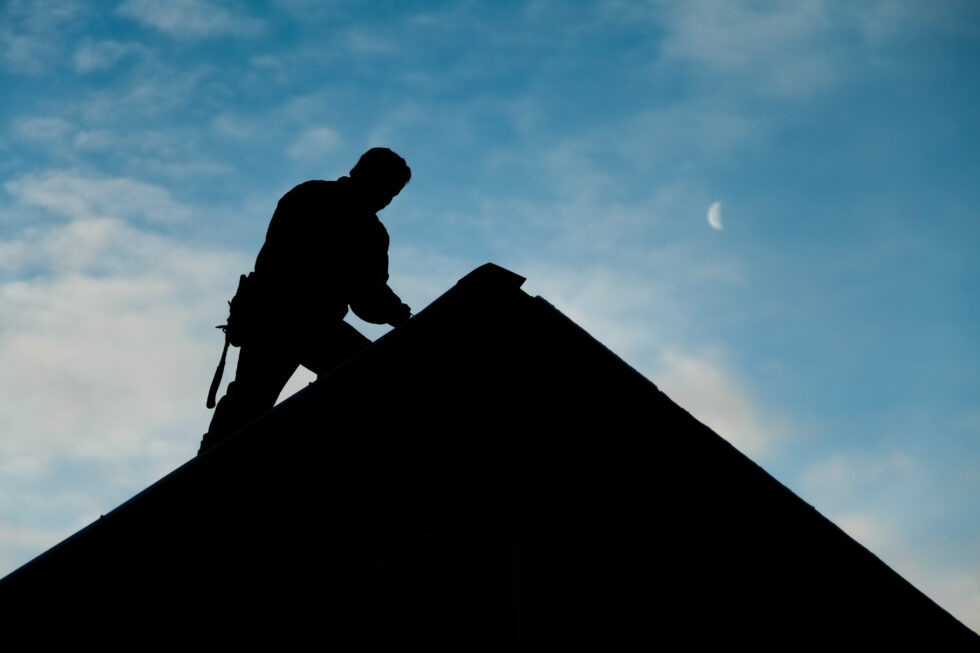Spring is quickly coming and it’s time to start thinking about home repair and maintenance. In warmer weather amidst outdoor activities, people tend to overlook that spring is the ideal time to inspect the home for possible damage incurred during the winter, especially the roof. If a roof inspection is not on your spring-cleaning to-do list, it should be, and there is no time like the present!
Always Use a Professional
We cannot stress enough how unsafe it is for anyone to go out on the roof without proper tools and training. For this reason, it’s best to leave roofing inspection and repair to professionals. This isn’t to doubt anyone’s DIY abilities but rather a matter of safety. If you are trying to avoid the expense by doing the inspection yourself, you can set your mind at ease knowing that all roofing inspections done by us are free of charge!
Prevention Prevents Poor Performance
If you’ve ever heard of the 4 Ps (Prevention Prevents Poor Performance), you understand what it means and why it’s said so often. Prevention in roof maintenance and upkeep can be very important and can identify problem areas earlier, which can potentially save a lot of money down the line, lest the problem worsens over time. Water leaking into the home is a massive and expensive problem to remedy. Every problem you address immediately can go a long way toward extending the life of your roof.
Assess Winter Damage
The following varieties of winter factors can severely damage your roof:
- Snow
- Ice
- Freezing rain
- Downed tree branches/limbs
- Windstorms
- Hail
- Puddles
The best time to see the damage from the winter is in the spring when the risk for snow is gone and all evidence of snow/ice has melted away, making the roof more visible and safer to walk on.
What We Look for
What we are looking for generally, but most especially post-winter, is the following:
- Broken or damaged shingles
- Broken, damaged, or missing tiles
- Loose seams, roofing material, or seals
- Anywhere where water is pooling
- Dented and damaged storm drains, gutters, and collars
- Interior water damage (stains or bubbling/puckering of wallpaper and/or paint on walls or ceilings)
- Granule loss or wear
Get It Done With Time to Spare
Time is a factor, as it is with most things, and experts agree that the spring is the best time to inspect your roof and get problem areas resolved, giving you ample time for both repairs and prevention before the winter weather hits again.
What Happens on a Routine Roof Inspection?
With roof assessments, certified and licensed professionals will always do the job. First, they will walk around the perimeter of the home from the ground level to inspect for cracks in the brickwork/concrete, which are tell-tale signs of a roof leak. The inspector will next check the downspouts for remnants of shingles that might have spilled out via the gutter system, which is indicative of wear.
Next, the technician will go on the roof and walk around, inspecting more closely the shingles and general roof structure. If applicable, we might also check under your roof in the attic or crawlspace, as well as inside walls or ceilings for evidence of roof leaks. All problem areas will be well-documented and sometimes photographed so you can see exactly what we are seeing. After the inspection is complete and you have a thorough explanation of what we found, we will then give you our recommendations for repairs and estimated costs.
For the greatest in roof protection and damage prevention, Lincoln has your house “covered.” Call us to schedule your spring roof inspection appointment and cross it off your spring to-do list today.

